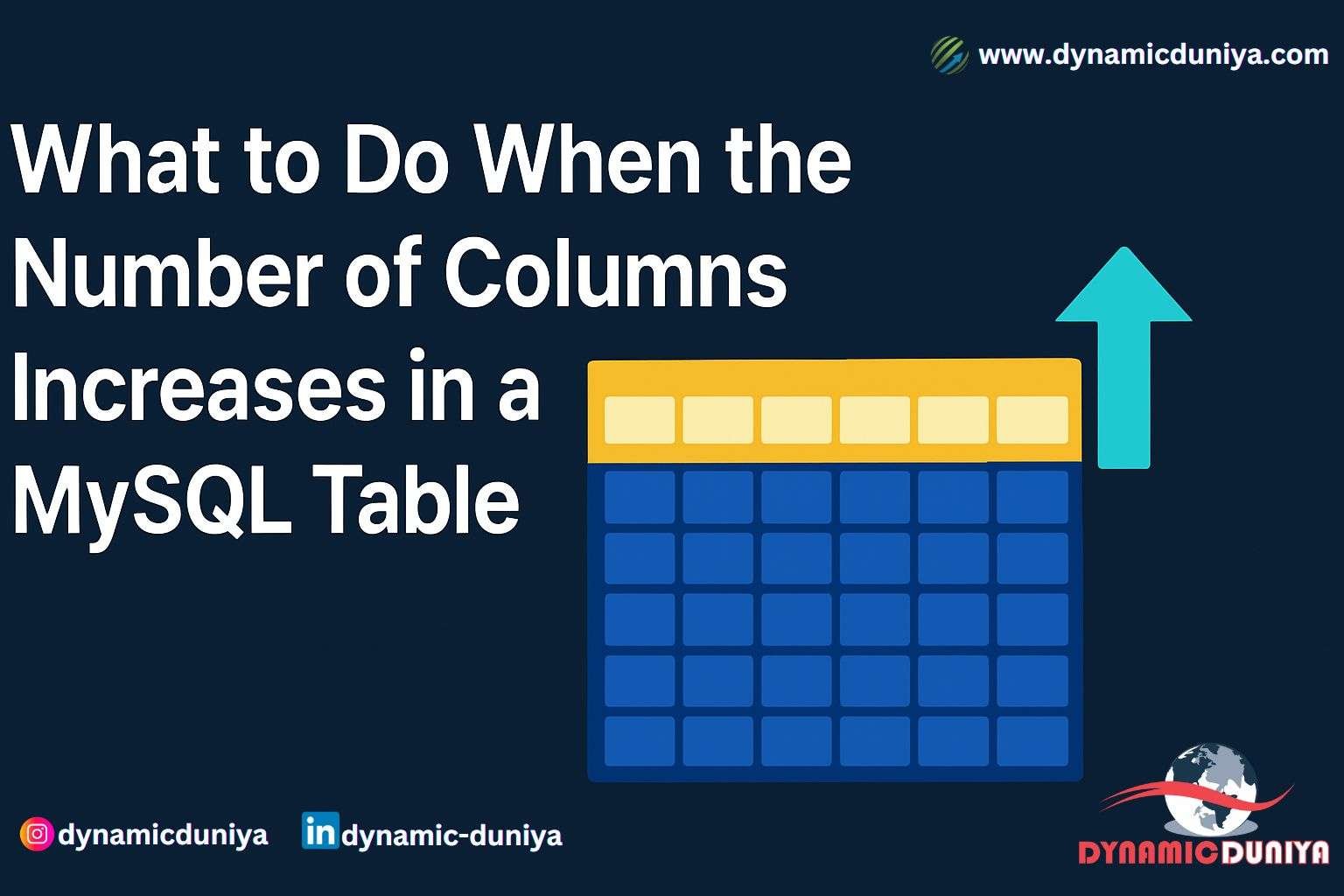SQL Joins Explained: A Complete Guide with Examples

SQL joins are used to combine records from two or more tables based on a related column. They help retrieve meaningful data by linking different tables. Understanding joins is crucial for database querying and data analysis. In this guide, we will explore different types of SQL joins with practical examples.
1. INNER JOIN
An INNER JOIN returns only the matching records from both tables. If there is no match, the record is excluded.
Example
SELECT employees.name, departments.department_name
FROM employees
INNER JOIN departments ON employees.department_id = departments.id;This query returns employees who have a matching department in the departments table.
2. LEFT JOIN (or LEFT OUTER JOIN)
A LEFT JOIN returns all records from the left table and the matching records from the right table. If no match is found, NULL values are returned.
Example
SELECT employees.name, departments.department_name
FROM employees
LEFT JOIN departments ON employees.department_id = departments.id;This will return all employees, even if they do not belong to any department.
3. RIGHT JOIN (or RIGHT OUTER JOIN)
A RIGHT JOIN returns all records from the right table and the matching records from the left table. If no match is found, NULL values are returned for the left table's columns.
Example
SELECT employees.name, departments.department_name
FROM employees
RIGHT JOIN departments ON employees.department_id = departments.id;This ensures all departments are displayed, even if they have no employees.
4. FULL JOIN (or FULL OUTER JOIN)
A FULL JOIN returns all records from both tables, filling missing matches with NULL values.
Example
SELECT employees.name, departments.department_name
FROM employees
FULL JOIN departments ON employees.department_id = departments.id;This includes all employees and all departments, whether they have matches or not.
5. CROSS JOIN
A CROSS JOIN returns the Cartesian product of the two tables, meaning every row from the first table is combined with every row from the second table.
Example
SELECT employees.name, departments.department_name
FROM employees
CROSS JOIN departments;If employees has 5 records and departments has 3, the result will have 5 × 3 = 15 rows.
6. SELF JOIN
A SELF JOIN is when a table is joined with itself to compare rows within the same table.
Example
SELECT e1.name AS Employee, e2.name AS Manager
FROM employees e1
JOIN employees e2 ON e1.manager_id = e2.id;This retrieves employees and their respective managers from the same employees table.
Conclusion
SQL joins are powerful tools for querying databases efficiently. Depending on the requirement, different joins help extract relevant data by connecting multiple tables effectively. Mastering SQL joins will significantly improve your ability to manage and analyze data in relational databases.
Random Blogs
- Data Analytics: The Power of Data-Driven Decision Making
- Top 15 Recommended SEO Tools
- 15 Amazing Keyword Research Tools You Should Explore
- Quantum AI – The Future of AI Powered by Quantum Computing
- Top 10 Blogs of Digital Marketing you Must Follow
- Ideas for Content of Every niche on Reader’s Demand during COVID-19
- AI & Space Exploration – AI’s Role in Deep Space Missions and Planetary Research
- Create Virtual Host for Nginx on Ubuntu (For Yii2 Basic & Advanced Templates)
- Downlaod Youtube Video in Any Format Using Python Pytube Library
- How Multimodal Generative AI Will Change Content Creation Forever
Prepare for Interview
- JavaScript Interview Questions for 5+ Years Experience
- JavaScript Interview Questions for 2–5 Years Experience
- JavaScript Interview Questions for 1–2 Years Experience
- JavaScript Interview Questions for 0–1 Year Experience
- JavaScript Interview Questions For Fresher
- SQL Interview Questions for 5+ Years Experience
- SQL Interview Questions for 2–5 Years Experience
- SQL Interview Questions for 1–2 Years Experience
- SQL Interview Questions for 0–1 Year Experience
- SQL Interview Questions for Freshers
- Design Patterns in Python
Datasets for Machine Learning
- Awesome-ChatGPT-Prompts
- Amazon Product Reviews Dataset
- Ozone Level Detection Dataset
- Bank Transaction Fraud Detection
- YouTube Trending Video Dataset (updated daily)
- Covid-19 Case Surveillance Public Use Dataset
- US Election 2020
- Forest Fires Dataset
- Mobile Robots Dataset
- Safety Helmet Detection
- All Space Missions from 1957
- OSIC Pulmonary Fibrosis Progression Dataset
- Wine Quality Dataset
- Google Audio Dataset
- Iris flower dataset
- Artificial Characters Dataset
- Bitcoin Heist Ransomware Address Dataset






